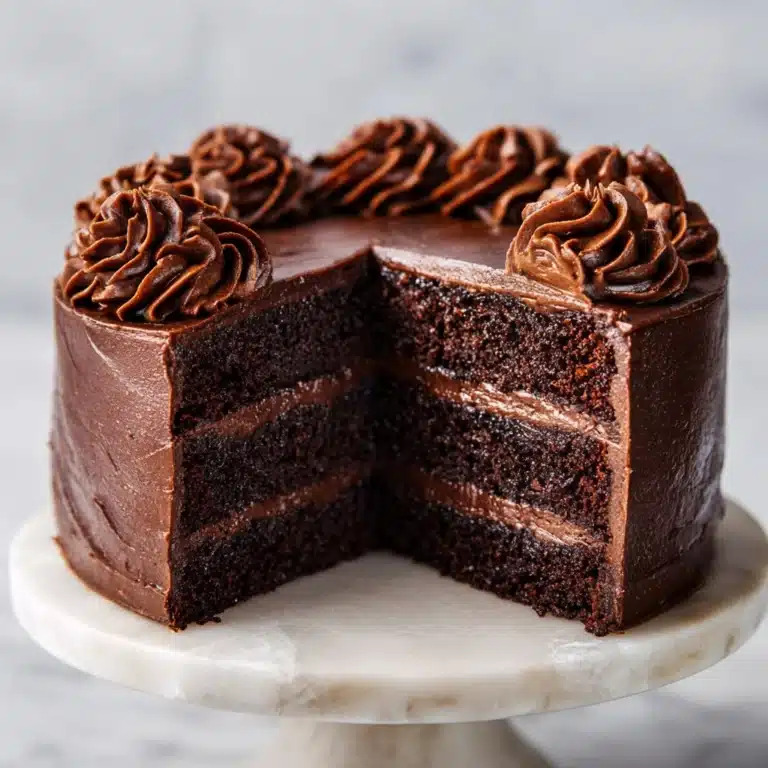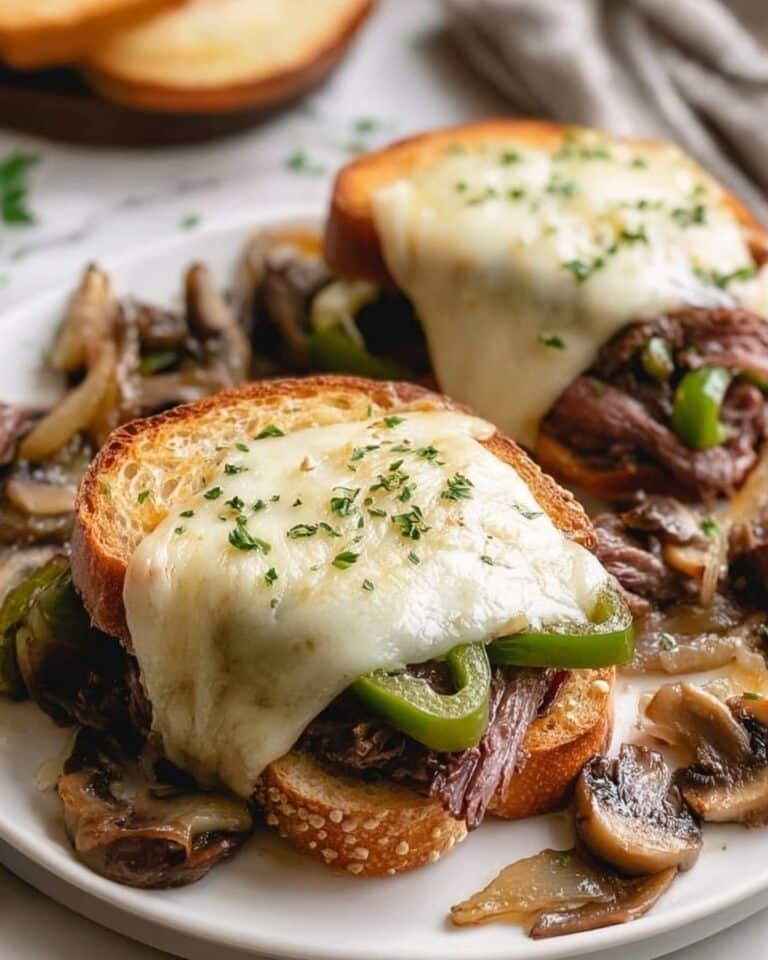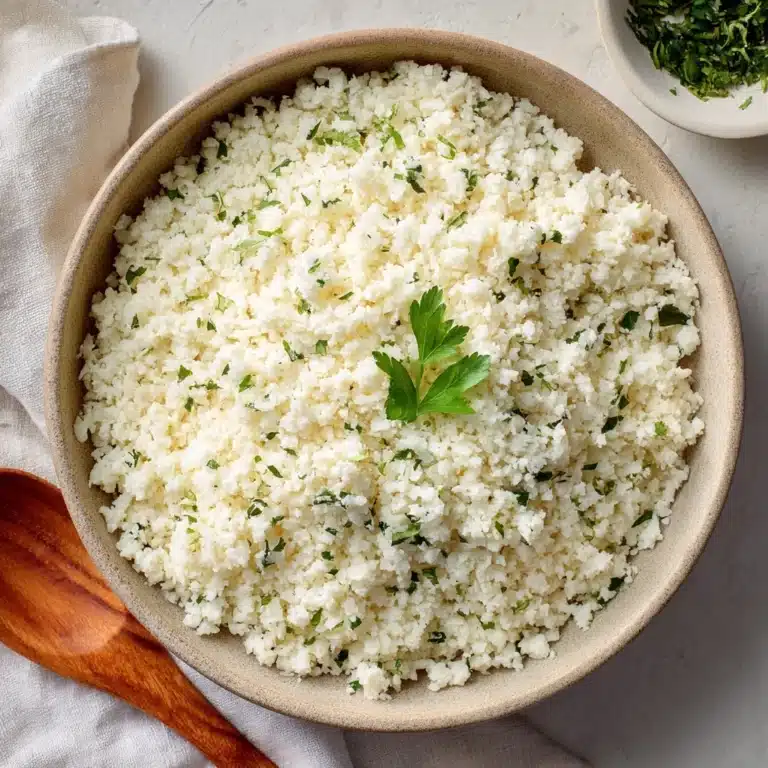If you’ve ever wondered how to make an omelette that’s light, fluffy, and ready in minutes, you’re in for a real treat. This recipe is my go-to for busy weekday breakfasts and relaxed weekend brunches alike, and it’s got just the right balance of comfort and elegance. With only a handful of basic ingredients and a few simple steps, you’ll master how to make an omelette that turns out perfectly golden on the outside and irresistibly creamy inside. Whether you load it with cheese, toss in some vibrant veggies, or keep it classically simple, this is one of those kitchen skills you’ll use for a lifetime!

Ingredients You’ll Need
There’s beauty in the simplicity of classic omelette ingredients—each one shines on its own but also plays together harmoniously for the ultimate breakfast. Don’t skip the little extras; they make all the difference for flavor and texture!
- 3 large eggs: The star of the show—choose the freshest eggs you can find for the fluffiest result.
- 2 tablespoons milk or water: This adds a touch of moisture and helps the eggs cook up tender and light.
- 1 tablespoon unsalted butter: Provides that classic rich flavor and prevents sticking for an easy release from the pan.
- 1/4 cup shredded cheese (optional): Melts into creamy pockets—try cheddar, Swiss, or mozzarella for different flavors.
- 1/4 cup diced vegetables or cooked meats (optional): Think peppers, mushrooms, ham, or spinach—great for color and nutrition.
- Salt and black pepper to taste: Enhances all the fresh flavors and lets you season to your preference.
- Fresh herbs for garnish (optional): A sprinkle of chives, parsley, or basil makes your omelette look and taste extra special.
How to Make How To Make An Omelette
Step 1: Whisk the Eggs
Grab a medium bowl and crack in the eggs. Pour in the milk or water and grab a whisk or fork—now give it some real elbow grease! Whip the eggs vigorously until the mixture is completely combined, slightly frothy, and a lovely pale yellow. Season the eggs with a pinch of salt and black pepper. The key here is to get lots of air into those eggs for unbeatable fluffiness, one of the secrets to how to make an omelette that truly wows.
Step 2: Heat Your Skillet
Set a nonstick skillet over medium heat, then add the butter. Let it melt slowly until it’s bubbling and foaming but not browned. Tilt the pan so the butter coats the entire surface—this helps ensure your omelette won’t stick and delivers that classic French flavor. When the butter’s ready, you’re ready for the next step.
Step 3: Cook the Eggs
Pour the egg mixture into the hot skillet and let it sit briefly, undisturbed, as the edges just begin to set. Now, using a soft spatula, gently pull the cooked edges of eggs toward the center, tilting the pan so the liquid egg flows out to the edges. Keep repeating this process until the majority of the eggs look set but the top still has a glossy sheen. This gentle movement gives your omelette those perfect, tender layers that make every bite memorable.
Step 4: Add Fillings
Now comes the fun part! If you’re adding cheese, vegetables, or cooked meats, scatter them over one half of the omelette. The delicate warmth will help melt the cheese and gently heat any mix-ins. Part of how to make an omelette that feels like a special treat is playing with these ingredients—just keep the portions modest so you can fold and slide the omelette with ease.
Step 5: Fold and Finish
Once the cheese starts to melt and the center is just set, carefully fold the omelette in half using your spatula. Slide it onto a plate, garnish with fresh herbs if you like, and admire your handiwork! This step is the grand finale, delivering a classic omelette with that inviting restaurant-style look and a fluffy inside.
How to Serve How To Make An Omelette

Garnishes
There’s something magical about scattering a handful of fresh herbs over your omelette just before serving. Try chives, parsley, basil, or even a little dill for an aromatic flourish. For extra decadence, a drizzle of hot sauce or a crack of black pepper takes things up a notch.
Side Dishes
An omelette pairs wonderfully with so many breakfast and brunch favorites. Serve it alongside crisp toast, a pile of buttery hash browns, or a bright, citrusy fruit salad for a complete meal. I love a simple green salad for a light lunch version, too!
Creative Ways to Present
To really impress, cut your omelette into wedges or roll it up for a fun twist—ideal for brunch platters! Stack mini omelettes for party bites, or slice and tuck them into crusty baguettes for a French-inspired sandwich. The versatility of how to make an omelette lets you adapt to any occasion.
Make Ahead and Storage
Storing Leftovers
If you’ve got leftover omelette, let it cool completely, then wrap it tightly or store in an airtight container in the fridge. It will keep well for up to two days and makes a great quick snack or lunchbox addition.
Freezing
Omelettes are best enjoyed fresh, but you can freeze them! Let the omelette cool, wrap tightly in plastic wrap and foil, and freeze for up to one month. Defrost overnight in the fridge before gently reheating.
Reheating
Reheat your omelette gently, either in a nonstick skillet over low heat or in the microwave for about 30 seconds. Cover it with a damp paper towel to keep it from drying out. Take care not to overcook, to keep that tender texture we all love.
FAQs
Can I make an omelette without a nonstick pan?
Yes, you absolutely can, though a nonstick skillet does make the process easier. If using stainless steel, be sure to preheat the pan well and use enough butter to prevent sticking. With a little patience, your omelette will slide out beautifully.
What fillings work best in omelettes?
The sky’s the limit! Classic options include cheese, sautéed mushrooms, spinach, peppers, tomatoes, ham, and even smoked salmon. Just make sure any vegetables or meats are cooked before adding them, as the eggs cook quickly.
How do I get my omelette extra fluffy?
Vigorously whisking the eggs (and adding a bit of milk or water) incorporates extra air for a tender, fluffy result. Also, avoid overcooking—the eggs should be just set, not browned.
Is this omelette recipe suitable for a gluten-free or vegetarian diet?
Absolutely! How to make an omelette is naturally gluten-free and vegetarian as long as you avoid any meat fillings. Stick with cheese and veggies for a classic meatless option.
Can I double this recipe for two people?
Of course! For two omelettes, simply double all the ingredient amounts and make them one at a time for best results. Cooking them individually ensures perfect texture every time.
Final Thoughts
If you’ve been searching for the secret to a foolproof breakfast, learning how to make an omelette will open up a world of possibilities. With just a few simple steps, you’ll have a dish that feels both cozy and elegant—and it’s customizable for any mood or occasion. Give this recipe a try, and you just may find yourself making it again and again!
Print
How To Make An Omelette Recipe
- Total Time: 10 minutes
- Yield: 1 serving 1x
- Diet: Gluten Free, Vegetarian
Description
Learn how to make a delicious and fluffy omelette with this easy recipe. Customize with your favorite fillings for a perfect breakfast treat.
Ingredients
Eggs:
- 3 large eggs
Liquid:
- 2 tablespoons milk or water
Additional:
- 1 tablespoon unsalted butter
- 1/4 cup shredded cheese (optional)
- 1/4 cup diced vegetables or cooked meats (optional)
- Salt and black pepper to taste
- Fresh herbs for garnish (optional)
Instructions
- Prepare the Eggs: Crack the eggs into a bowl, add the milk or water, and whisk until frothy. Season with salt and pepper.
- Cook the Omelette: Heat a skillet, add butter, pour in eggs, cook the edges, add fillings, fold, and transfer to a plate.
- Garnish and Serve: Garnish with herbs and serve hot.
Notes
- Use fresh eggs for the best texture.
- Avoid overcooking for a fluffy omelette.
- Prep Time: 5 minutes
- Cook Time: 5 minutes
- Category: Breakfast
- Method: Stovetop
- Cuisine: French
Nutrition
- Serving Size: 1 omelette
- Calories: 220
- Sugar: 1g
- Sodium: 220mg
- Fat: 16g
- Saturated Fat: 7g
- Unsaturated Fat: 8g
- Trans Fat: 0g
- Carbohydrates: 2g
- Fiber: 0g
- Protein: 15g
- Cholesterol: 330mg







